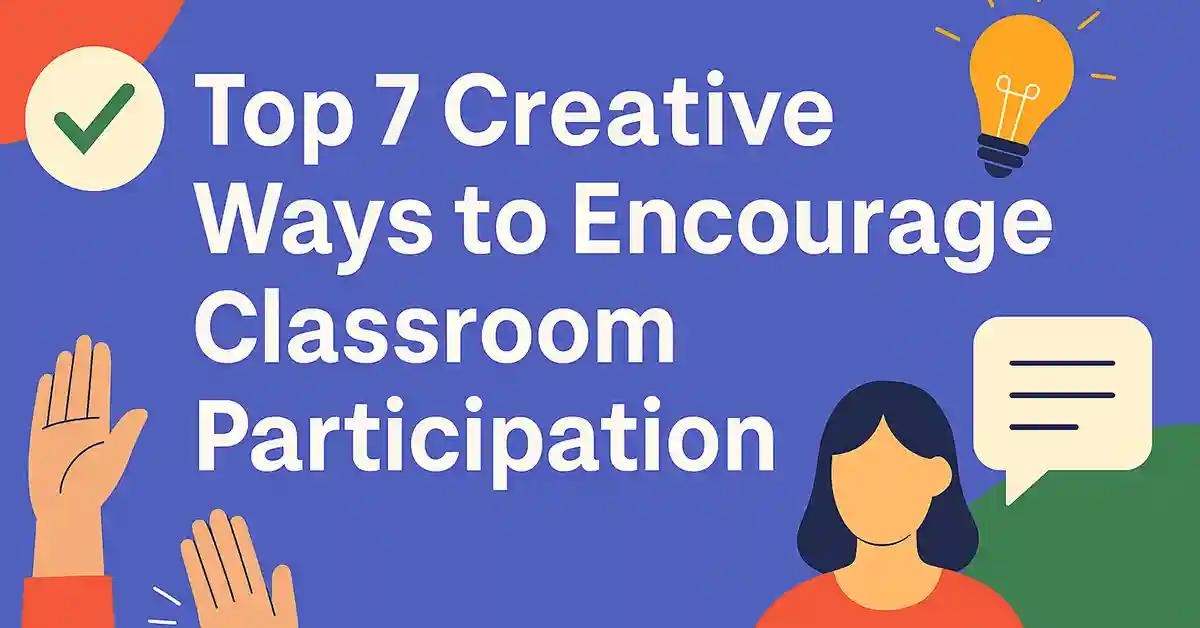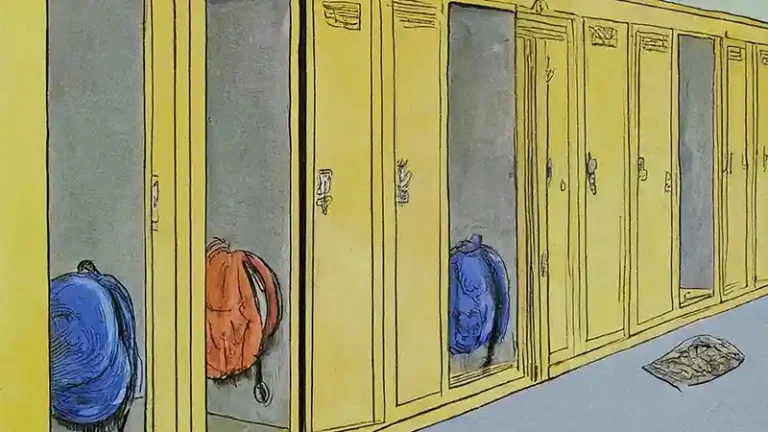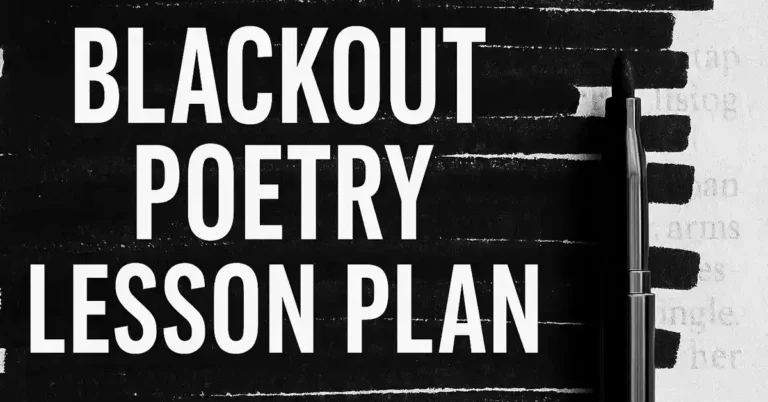Top 7 Creative Ways to Encourage Classroom Participation
1. Use Think-Pair-Share
Instead of tossing out a question and waiting for that one student (you know the one) to answer, try Think-Pair-Share. Give everyone a moment to think, then pair up to discuss before sharing with the class. It gives all students a safe entry point into participation—and saves us from the dreaded awkward silence.
2. Make Participation Low-Risk
Let’s face it: no one wants to be wrong in front of a crowd. Create a culture where mistakes are celebrated as part of learning. Use sentence starters like:
“One possible answer could be…”
“I’m not totally sure, but I think…”
It lowers the stakes and boosts confidence.

3. Gamify It
Add a little competition! Try participation point systems, bingo cards for contributions, or even digital tools like Kahoot! or Blooket. Students are more likely to jump in when participation feels like a game rather than a performance.
4. Cold Call… With Kindness
Yes, cold calling has a bad rep. But when done right, it can actually boost engagement. Give students a heads-up (“I’m going to ask this and then call on someone in a moment”), and respond with encouragement no matter what they say. It’s not a pop quiz—it’s a convo.

5. Use Visuals and Props
Not everyone is a verbal processor. Invite participation through drawing, using whiteboards, sticky notes, or even classroom props. Some of my best discussions came after letting students write their answers and share visually instead of speaking out.
6. Spotlight Quiet Strength
Some students participate deeply—they just don’t always speak up. Acknowledge written responses, nonverbal cues, and group work contributions. Then gently encourage them to share aloud in small settings. It builds trust and helps them find their voice.
7. Model Enthusiasm
Students feed off our energy. If we’re excited about a topic, they’re more likely to jump in. So channel your inner game-show host when discussing Shakespeare, algebra, or the water cycle. (Okay, maybe not every day—but enthusiasm is contagious.)
Final Thoughts
Encouraging classroom participation isn’t about getting everyone to talk all the time. It’s about building a community where every student feels valued, heard, and engaged in the learning process. Try a few of these strategies—and see what works best with your crew!







